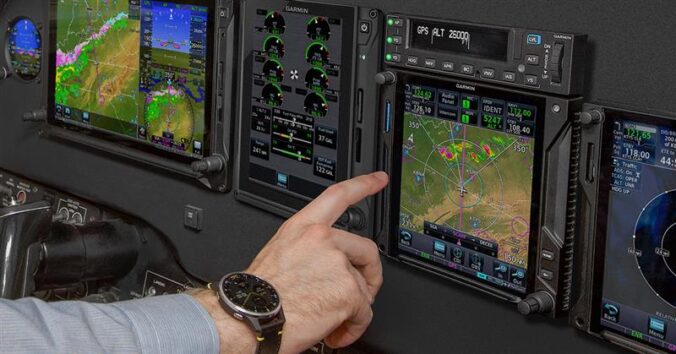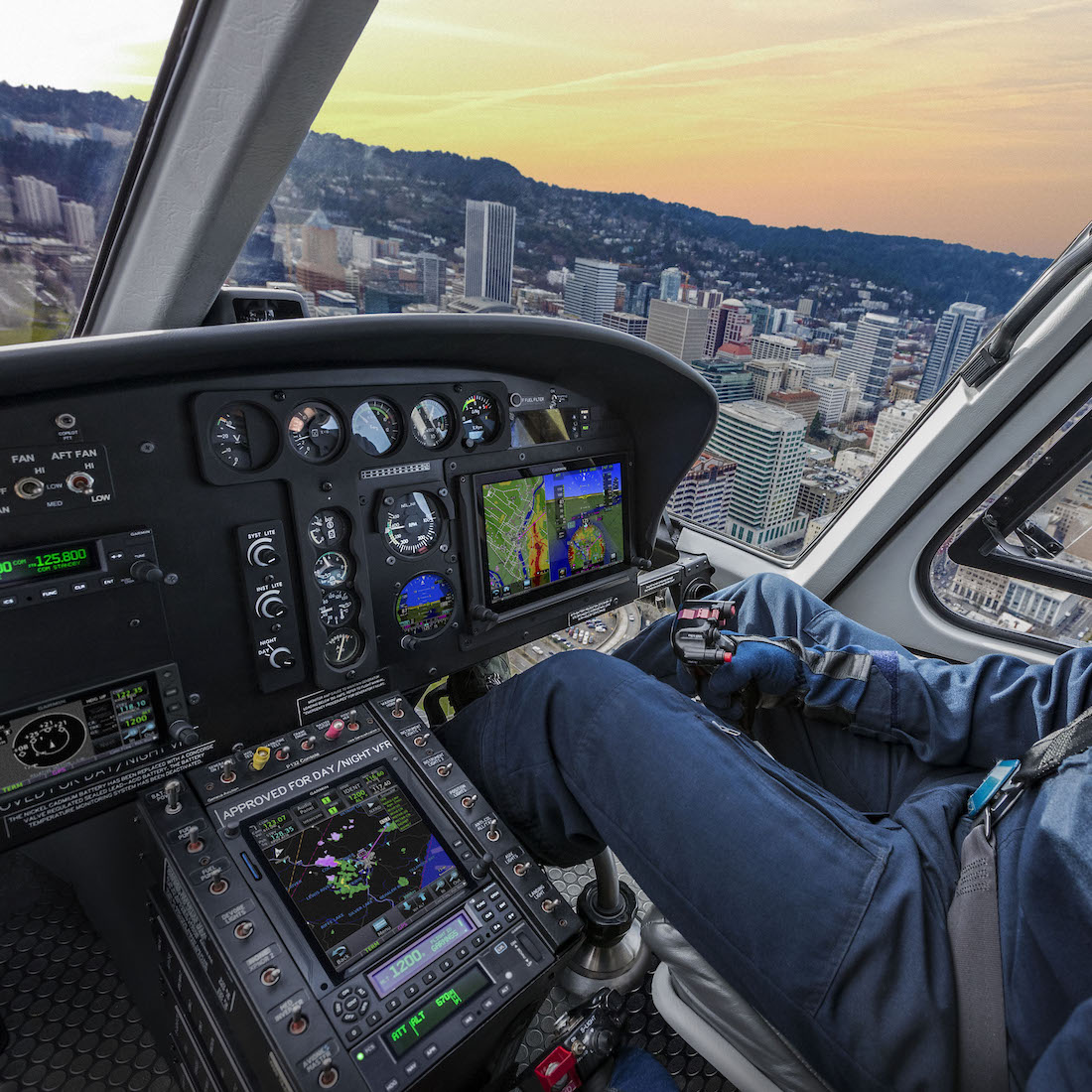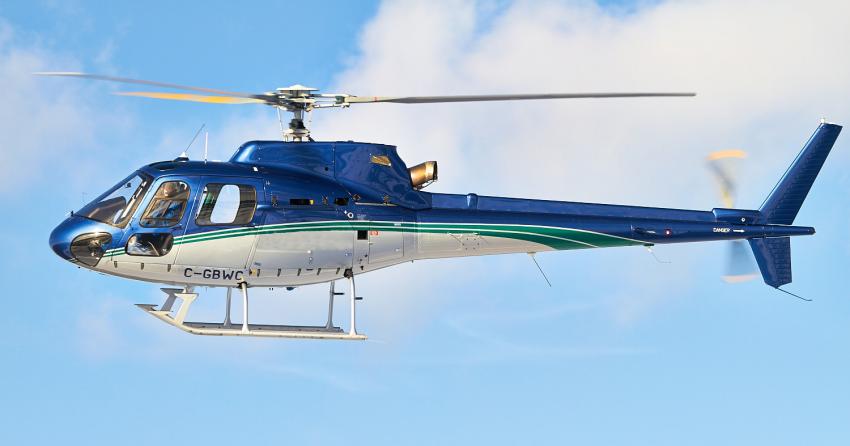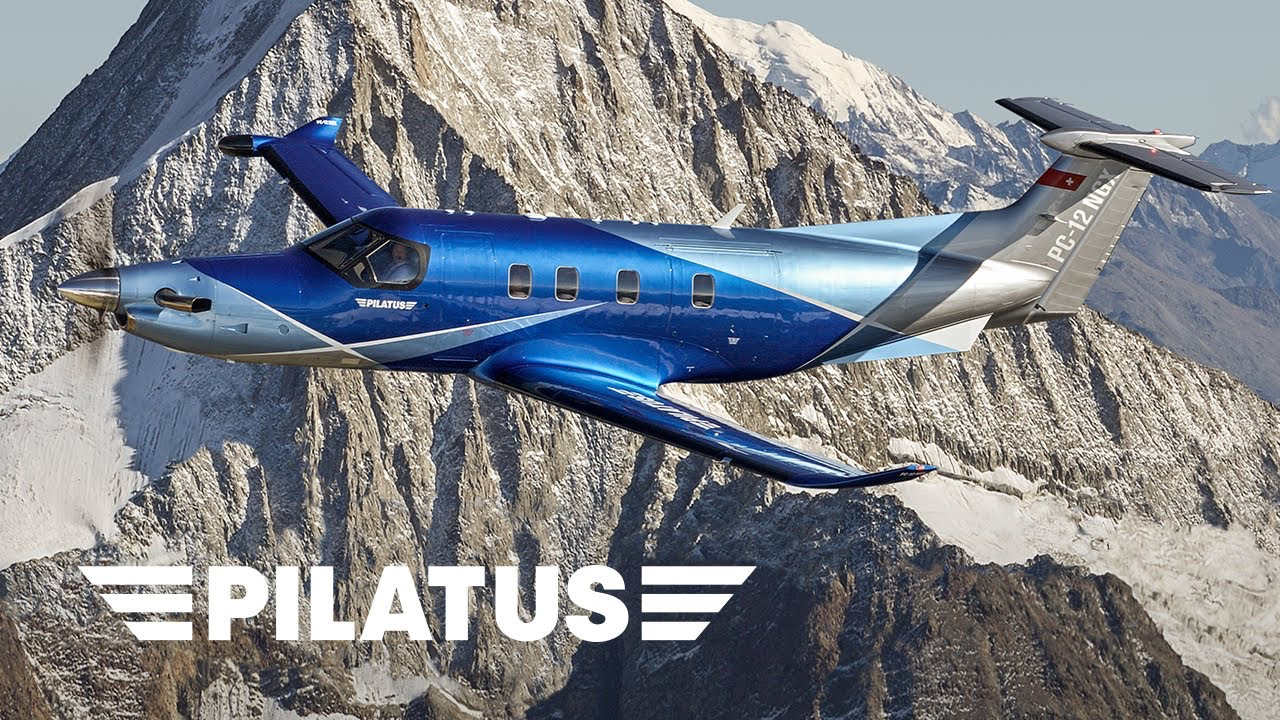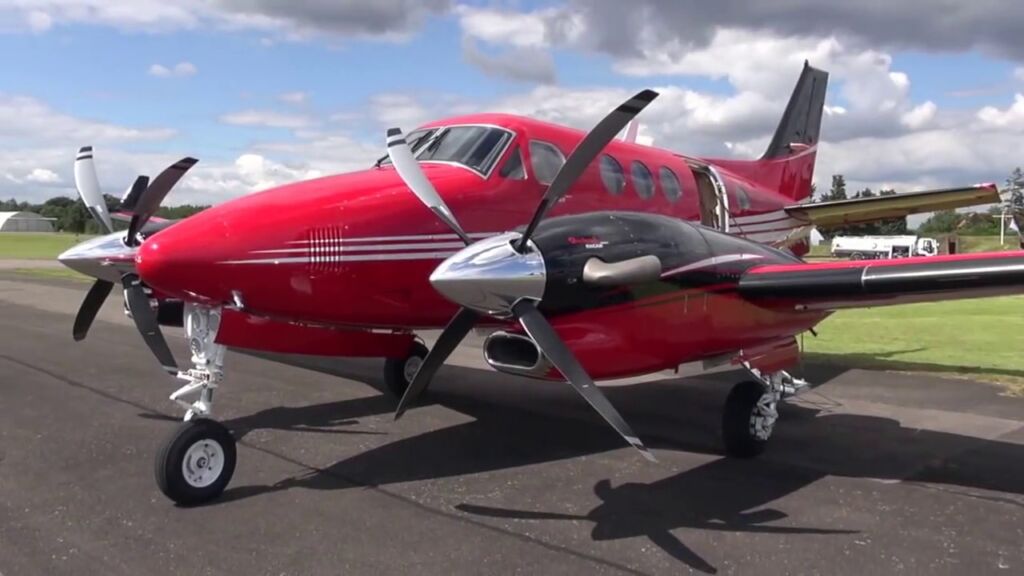Olathe, Kansas, August 23, 2023 — Garmin (NYSE: GRMN) today announced it has received Federal Aviation Administration (FAA) Supplemental Type Certification (STC) for the GFC™ 600 digital autopilot in Beechcraft King Air F90 aircraft. The GFC 600 digital autopilot is optimized for turbine aircraft, delivering superior in-flight characteristics that reduce workload and bring new operational capabilities such as Vertical Navigation (VNAV)1, automatic Course Deviation Indicator (CDI) switching when paired with a GTN Series navigator, enhanced go-around capabilities including missed approach sequencing — and much more.
The GFC 600 certification for the King Air F90 provides owners and operators with an autopilot upgrade that boasts superior integration potential with G600 and G600 TXi™ flight displays, the GI 275 electronic flight instrument, as well as the GTN™ and GTN Xi Series of navigators. The self-contained autopilot controller incorporates backlit keys and a bright, sunlight readable display that depicts autopilot status and mode selection. An intuitive built-in control wheel also provides convenient adjustment of aircraft pitch, airspeed and vertical speed modes. When the level button is selected, the aircraft automatically returns to straight-and-level flight.
Environmentally hardened autopilot servos designed for harsh operating conditions contain brushless DC motors offering improved performance and reducing maintenance requirements when compared to decades-old servo designs on the market today. In addition, these servos offer more torque to help pilots better respond to demands required of turbine aircraft.
Standard mark-width (6.25-inch) design of the GFC 600 mode controller ensures the autopilot controller allows for routine installation into the aircraft’s avionics stack. In King Air F90 aircraft, GFC 600 will require a G600 TXi or G600 flight display.
In addition to traditional autopilot capabilities such as altitude hold, vertical speed and heading modes, the GFC 600 includes:
- Premium functions and advanced capabilities such as altitude pre-select2 and indicated airspeed hold mode.
- Ability to select, couple and fly various instrument approaches, including GPS, ILS, VOR, LOC and back course approaches.3
- Built-in GPS roll steering capability eliminates the need for external roll steering converters and allows for smoother navigation tracking when installed with a compatible navigator.
- Level Mode button, which automatically engages the autopilot to restore the aircraft to straight and level flight.
- Underspeed and overspeed protection.
- Yaw Damping (YD) mode minimizes yawing oscillations while also helping to maintain coordinated flight.
- Flight Director command bars can be displayed on a flight display such as the G600 and G600 TXi.
- Coupled ‘go-arounds’ for pilots to fly during missed approach sequencing. A remotely installed go-around button commands the Flight Director to display the appropriate pitch attitude required for the missed approach procedure and activates a loaded missed approach when paired with a GTN 650/750 or GTN 650Xi/750Xi navigator.
- Included pitch-trim servo adds automatic trim and improved manual electric trim.
- Control wheel steering is available, which allows the pilot to adjust pitch, roll, altitude hold, vertical speed or airspeed references using the control yoke while the autopilot is engaged.

